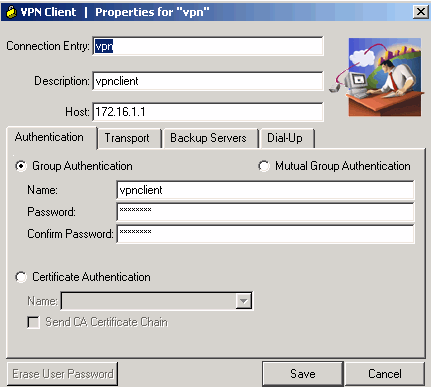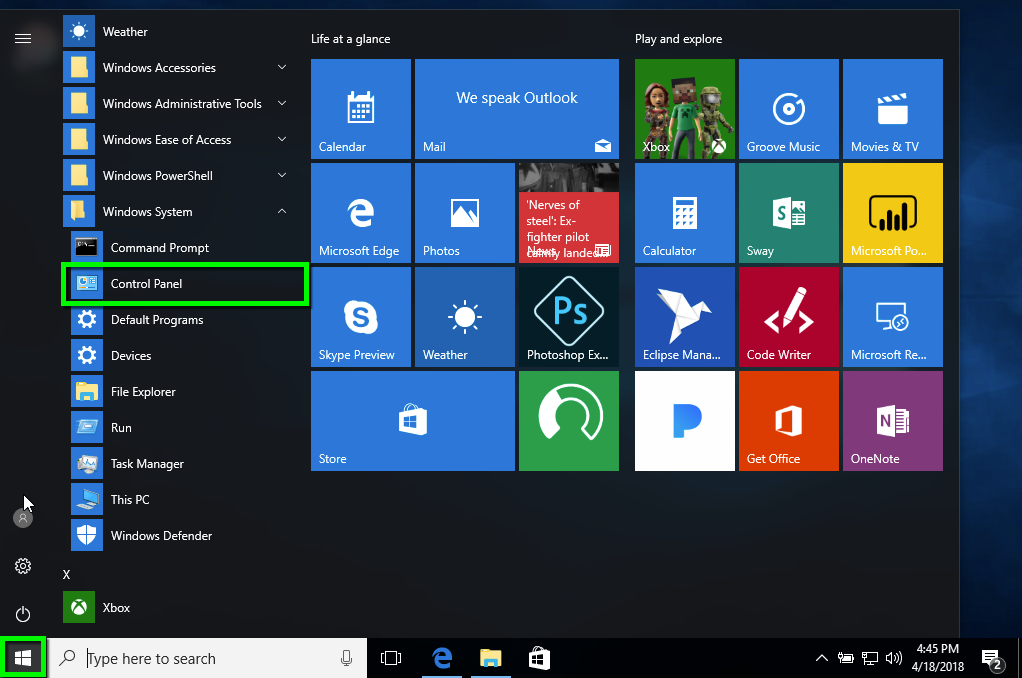- Cisco Vpn Download
- How Do I Install The Cisco AnyConnect Client On Windows 10 ...
- Cisco Vpn Client 5.0.07.0440 Windows 10
Windows 8 and newer easily support IKEv2 VPNs, and Windows 7 can as well thoughthe processes are slightly different. The procedure in this section wasperformed on Windows 10, but Windows 8 is nearly identical. The procedure toimport certificates to Windows 7 can be found on the strongSwan Wiki
Import the CA to the Client PC¶
Export the CA Certificate from pfSense® and download or copy it to the clientPC:
Navigate to System > Cert Manager, Certificate Authorities tab onpfSense
Click by the CA to download only the certificate
Locate the downloaded file on the client PC (e.g. VPNCA.crt) as seen in FigureDownloaded CA Certificate
This sample configuration demonstrates how to form an IPsec tunnel from a PC that runs the Cisco VPN Client (4.x and later) (Static/Dynamic assigned IP address) to a Cisco VPN 3000 Concentrator in order to enable the user to securely access the network inside the VPN Concentrator. I have following IPSEC vpn configuration for remote client works well. I have a question. I have work well with or without 'crypto dynamic-map vpn 1 set pfs group1' statement command. What is that 'pfs group1' meaning and functioning when ipsec remote connection connecting or connected. As you go through this part of the chapter, note that you can connect your Cisco client to a VPN 3000 concentrator running at least Version 3.0, a PIX running 6.2.2(122) or 6.3(1), an ASA running 7.0, or an IOS router running 12.2(8)T with IPsec. Configuring IPsec IKEv2 Remote Access VPN Clients on Windows¶ Windows 8 and newer easily support IKEv2 VPNs, and Windows 7 can as well though the processes are slightly different. The procedure in this section was performed on Windows 10, but Windows 8 is nearly identical.
Double click the CA file
Click Install Certificate… as shown inCertificate Properties
Certificate Properties¶
Select Local Machine as shown inCertificate Import Wizard - Store Location
Click Next
Click Yes at the UAC prompt if it appears
Select Place all Certificates in the following store as shown in FigureCertificate Import Wizard - Browse for the Store
Certificate Import Wizard - Browse for the Store¶
Click Browse
Click Trusted Root Certification Authorities as shown in FigureSelect Certificate Store
Click Next
Review the details, they should match those in FigureCompleting the Certificate Import Wizard
Completing the Certificate Import Wizard¶
Click Finish
Click OK
Click OK
Setup the VPN Connection¶

Cisco Vpn Download
Once the certificate has been properly imported it is time to create the clientVPN connection. The exact steps will vary depending on the version of Windowsbeing used by the client, but will be close to the following procedure.
Open Network and Sharing Center on the client PC
Click Set up a new connection or network
Select Connect to a workplace
Click Next
Select No, create a new connection
Click Next
Click Use my Internet Connection (VPN)
Enter the IP address or hostname of the server into the Internet addressfield as shown in FigureWindows IKEv2 VPN Connection Setup Screen
Note
This must match what is in the server certificate Common Name or a configured Subject Alternative Name!
Enter a Destination Name to identify the connection
Click Create
The connection has been added but with several undesirable defaults. For examplethe type defaults to automatic. A few settings need to be set by hand firstto ensure a proper connection is made. Refer to FigureWindows IKEv2 VPN Connection Properties
In Network Connections / Adapter Settings in Windows, find theconnection created above
Right click the connection
Click Properties
Click the Security tab
Set Type of VPN to IKEv2
Set Data Encryption to Require Encryption (disconnect if serverdeclines)
Set Authentication / Use Extensible Authentication Protocol to Microsoft:Secured password (EAP-MSCHAP v2) (encryption enabled)
Compare the values on the screen to those in FigureWindows IKEv2 VPN Connection Properties
Click OK
Windows IKEv2 VPN Connection Properties¶
The connection is now ready to use.
Disable EKU Check¶
When the CA and server certificates are made properly on pfSense 2.2.4 andlater, this is not necessary. If an improperly generated server certificate mustbe used for some reason, then the Extended Key Usage check may need to bedisabled on Windows. Disabling this check also disables validation of thecertificate’s common name and SAN fields, so it is potentially dangerous. Anycertificate from the same CA could be used for the server when this is disabled,so proceed with caution.
To disable the extended key usage checks, open up Registry Editor on the Windowsclient and navigate to the following location in the client registry:

How Do I Install The Cisco AnyConnect Client On Windows 10 ...

In there, add a new DWORD entry named DisableIKENameEkuCheck and set itto 1.
A reboot may be required to activate the setting.
Cisco Vpn Client 5.0.07.0440 Windows 10
Advanced Windows IPsec settings¶
With Windows 10 PowerShell cmdlet Set-NetIPsecMainModeCryptoSet it is possible tochange various advanced settings, like IPsec lifetime:
This example modifies the maximum IPsec SA lifetime for the “pfSense IPsec” connection.The default Windows IPsec lifetime is 4800 minutes (eight hours).
See also
For more information, see Windows 10 IPsec PowerShell cmdlets
